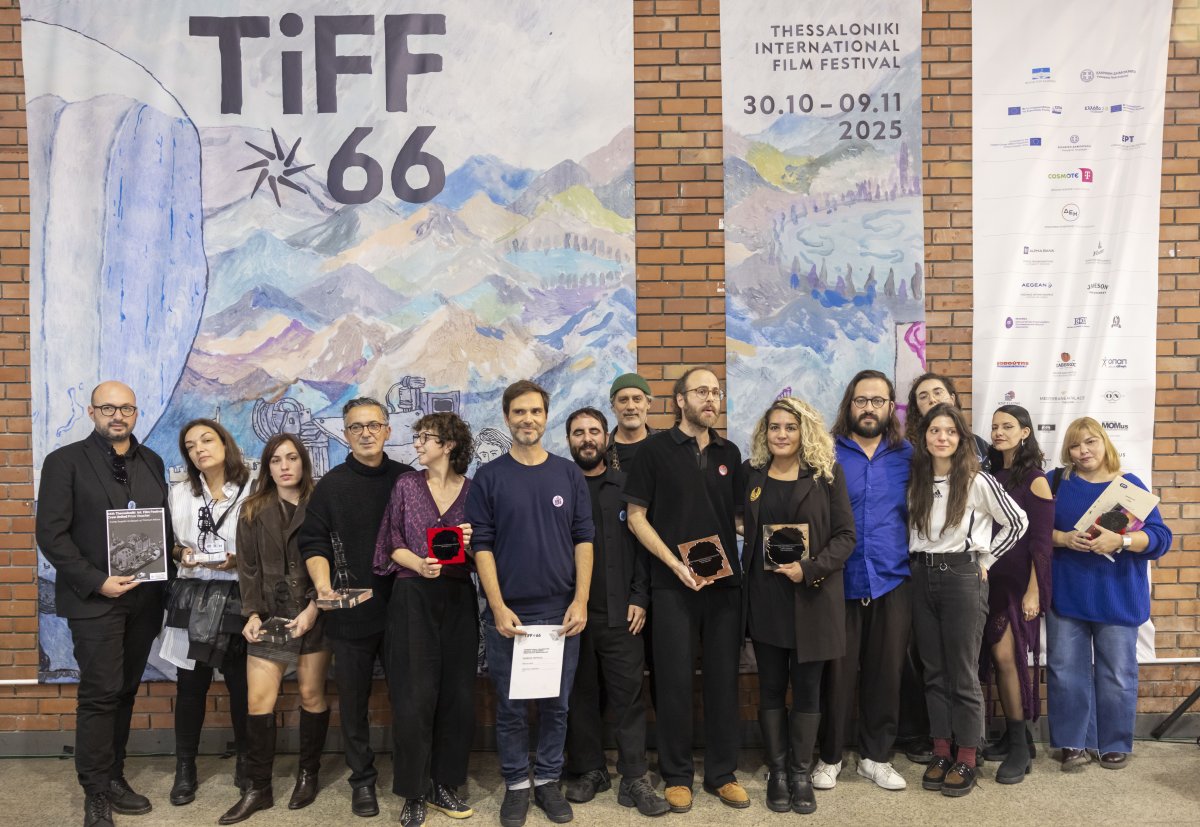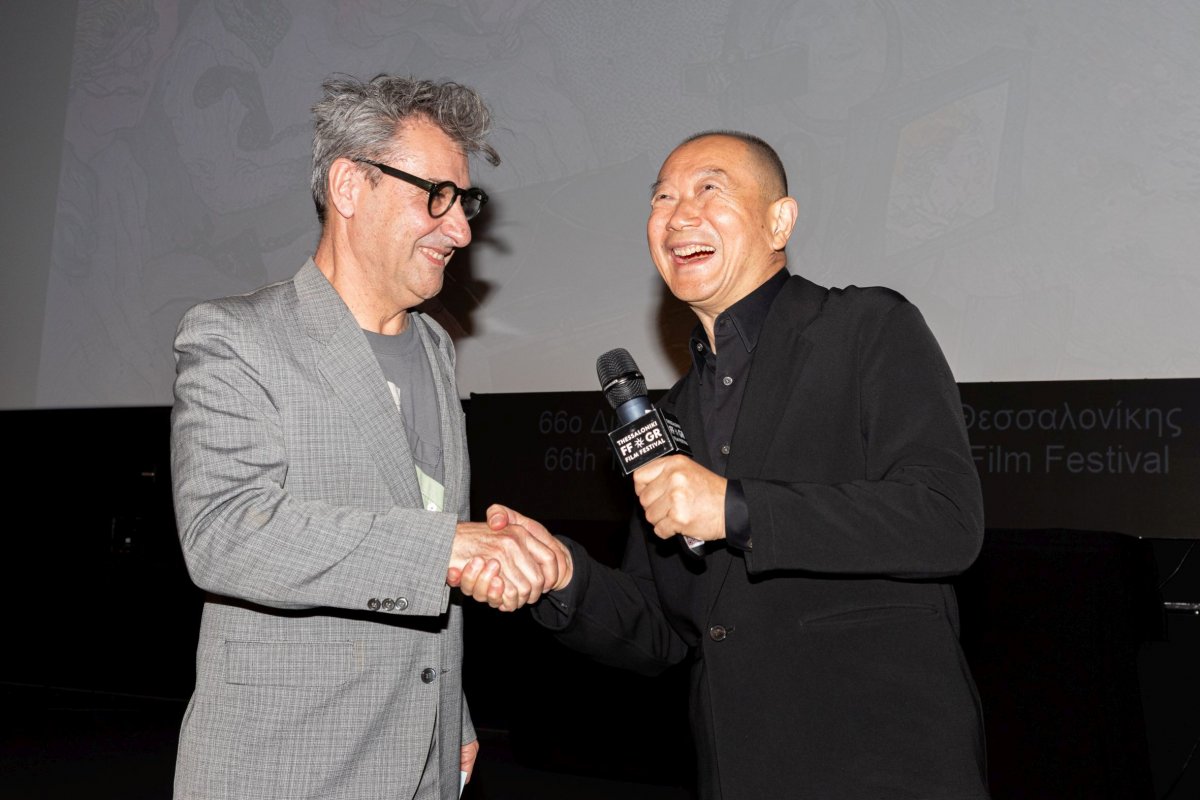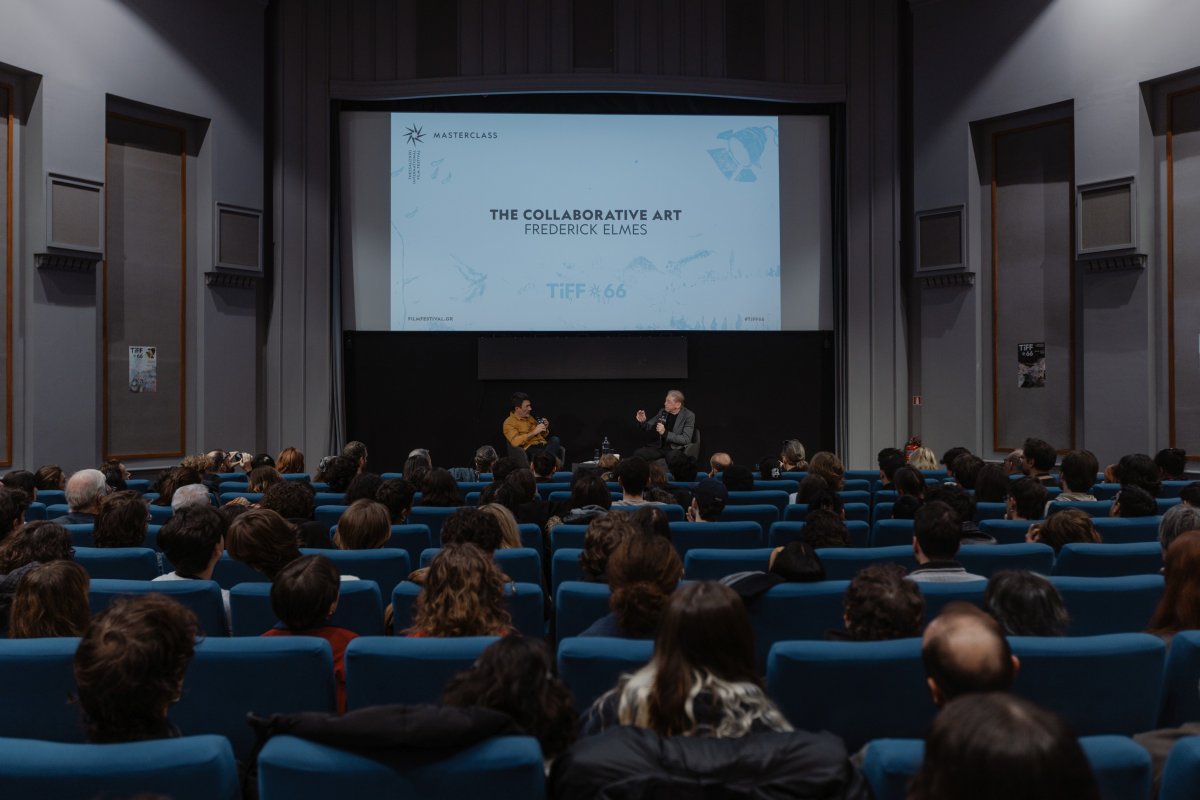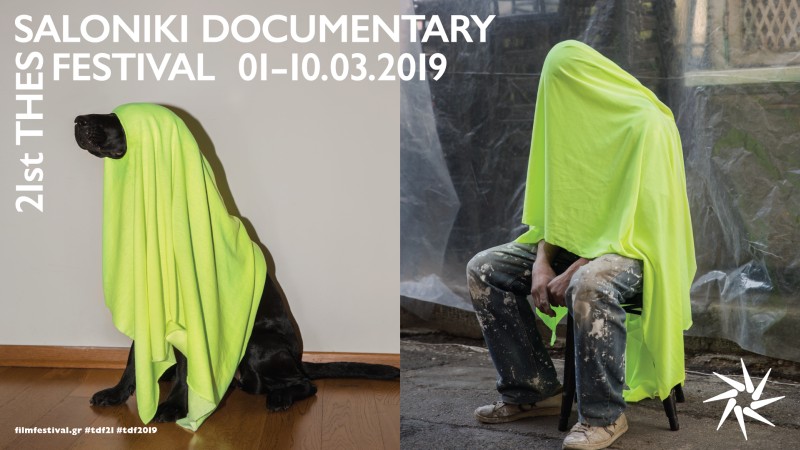The audience of the 66th Thessaloniki International Film Festival had the opportunity to attend a fascinating masterclass delivered by Frederick Elmes, renowned DoP and longtime collaborator of great filmmakers, on Wednesday, November 5th, at the Pavlos Zannas theater. The masterclass, titled “The Collaborative Art,” was moderated by DoP Simos Sarketzis.
The discussion revolved around Frederick Elmes’ collaboration with esteemed filmmakers, such as David Lynch, Jim Jarmusch, and Ang Lee, and the analysis of the techniques he used to bring the vision of these remarkable creators to the big screen. During the masterclass, clips from the films Blue Velvet (1986), The Ice Storm (1997), Paterson (2016), and Wild at Heart (1990) were showcased, while the acclaimed artist also spoke at length about his collaboration with John Cassavetes. In parallel, he discussed his professional duty to support the director’s vision, to perceive, anticipate, and creatively exploit the unforeseen challenges that may occur during the filming, but also to capture his protagonist’s mental state through various cinematic techniques, such as lighting or camera movement.
The masterclass began with selected snippets from David Lynch’s film, Blue Velvet (1986): “I would love to take the credits for this job, but the truth is that David had already considered and written down everything in advance. For our part, we ought to support the director's vision and devise new ways to capture what he envisions. In this case, he was particularly preoccupied with how to introduce the character that Kyle MacLachlan falls in love with, Sandy. He wanted the outcome to be exceptional. So, we decided to bring her into the narrative through a completely dark frame at first, as though she appears out of nowhere. A transcendental impression is created, which also reaches the audience. As cinematographers, we create devices that support the actors’ performance. Of course, all this is further enhanced by sound and music. Lynch was always drawn to darkness. There were moments when I questioned it. I would say: ‘David, it can’t be this dark, no one will be able to see a thing,’ but he was adamant.”
The first film we made together was Eraserhead (1977),” Frederick Elmes added. “The filming took years, but David always believed that the film would find its audience, and we supported him. One of the things that united us was that together we explored the darkness that he was so fascinated by, back when everything was shot on film. You couldn't see what you’d filmed; instead, you had to wait at least two or three days. The use of analog tools is something I recommend to all cinematographers, because it will help them gain confidence in their abilities,” he mentioned. “There was a scene in Blue Velvet (1986) where Isabella Rossellini performs on stage and upon singing the last line, she turns her back to the audience. Simultaneously, the lights are dimmed, and we end up seeing nothing but her silhouette. It was a very beautiful moment, captured by chance. Such ‘happy accidents’ are an integral component of a DoP’s routine. We must learn to recognize them and exploit them creatively. Even within the confines of a very strict storyboard, such a ‘happy accident’ can lead to a brilliant twist, which might go against the original plan. It was David Lynch who taught me this mindset – to appreciate twists,” he stressed.
At this point, the discussion shifted to Frederick Elmes’ collaboration with Ang Lee. Specifically, as it pertained to The Ice Storm (1997), a story that, as Frederick Elmes noted, attempts to explore how nature takes control, grows more powerful than the characters and ultimately defines them. “I was very fortunate to have done this collaboration. Ang Lee is an exceptional director, who places great emphasis on the actors’ performance. The film also has an amazing plot: it unfolds in the U.S. in the early 1970s, at a time of intense social and political turmoil. In the film, Kevin Kline has a torrid love affair with his neighbor, Sigourney Weaver, and one of the aspects we focused on was how to highlight the differences between them. We decided to place Sigourney Weaver within a house with modern architecture and lots of glass features, while we opted for cool tones for the lighting. On the other hand, Kevin Kline’s house is made of wood with plenty of textures and earthy tones. This was our way of differentiating them and emphasizing the differences that divide them. We also used a second device; in the scene where an uncomfortable discussion between the two takes place at Sigourney Weaver’s house, the camera is placed just as awkwardly behind their backs,” he explained.
“We have so many devices at our disposal to highlight certain situations,” Frederick Elmes went on to say, in reference to The Ice Storm (1997). “Most of these emerge through discussions with the director and after reading the script. These are the details we can control, for example, the color of the walls in the two characters' houses. Ice is also another device used in the script; it's an element even more powerful than the protagonists themselves. The challenge for us in this film was to conjure a magical setting. For instance, in the scene where Elijah Wood dies from electrocution, we had to create a snow-covered, fairytale-like landscape during springtime. We used hair gel to evoke the crystalline texture of death. I remember we had a disagreement with the director, who wished to show Elijah Wood’s corpse, while I thought it was somewhat unpolished. But Ang Lee insisted. We shot the scene, and it turned into one of the film’s most important components. I hate to admit this in a room full of directors, but most of the time the director is right," Frederick Elmes said humorously.
Then, the two colleagues spoke about Paterson (2016), and Frederick Elme’s collaboration with Jim Jarmusch. Among other things, Frederick Elmes also mentioned that this is an example of a naturalistic approach, in which the camera merely observes without offering critique. “Patterson was able to make poetry precisely because he followed this extremely simplistic routine. It was this routine that provided him with the space required to think and express himself creatively. We were simply asked to find a way to visually depict this routine. In this case, the device we used had to do with lighting; specifically, natural light. We watch Patterson wake up each day, at the same time, in the same bed. Yet, when something really shakes him, he wakes up under completely different lighting. So, the character is aggravated, and the lighting turns cold. This creates emotional tension without any significant change in the action. The pace of the narrative, however, has changed. As the discussion’s moderator, Simos Sarketzis, aptly observed, this naturalistic, observational approach is something we also encounter in Jim Jarmusch’s latest work, Father Mother Sister Brother (2025). “Indeed, this is one of Jarmusch’s signature characteristics,” Elmes added. “He keeps the camera motionless, and the only thing that allows the narrative to unfold is the character's actions.”
Shortly before the masterclass’s conclusion, Frederick Elmes referred to one of the most signature scenes in David Lynch’s film, Wild at Heart (1990), which is being screened at the 66th Thessaloniki International Film Festival. “This is a road movie with elements of romance and horror. Nicolas Cage reminds us of Elvis, but also of the Wizard of Oz. In one scene, two lovers attempt to get away and ride off into the sunset. That’s when Laura Dern’s character gets upset because all she hears when switching radio stations is bad news. I remember that we were rushing during the shoot as we had very limited time available, and we were attempting to capture the fleeting moment when the sun was in the ideal position. We needed the sunset because we wanted to convey a sense of intimacy and connection between the two characters, a feeling of security, a sign that they would make it, but also a guarantee of their love. We had to time everything just right, and we were lucky,” he stated.
The discussion came to a close following some questions from the audience. When asked about how he managed to intertwine lighting and profound emotion in a single shot, Elmes noted it is something that comes from observation and experience, encouraging all emerging filmmakers to draw inspiration from artworks, paintings, and photographs, to observe how light works when illuminating the characters. “Observe how light affects your emotions, and what goes on within you during these instants,” he added. On the subject of striking a balance between instinct and preparation on set, he explained: “I always try to rein in my urge for control on set. There are things I can control, such as the actors' movements and the lighting, but there is always a slight probability that unforeseen accidents may occur. But if you manage to recognize them as they happen and make creative use of them, they can result in something impressive.” Finally, the distinguished DoP reflected on his collaboration with John Cassavetes, noting that he considers it an ideal way to conclude the discussion. “In a script, the technical instructions for the camera often prove to be significantly less important than the words the director uses to describe a situation or a feeling,” he said.















